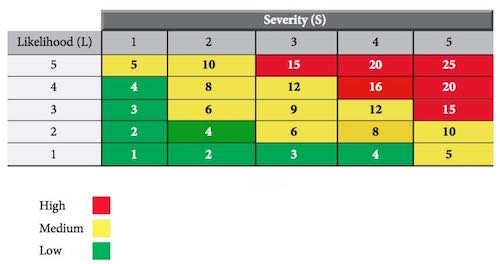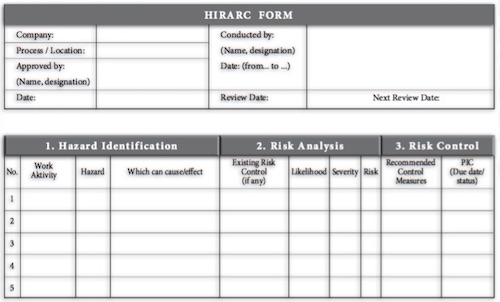Definition
Vibration is the oscillating movement (oscillatory motion) solid body.
Human Vibration is usually defined as the vibration felt by the human body caused by direct contact with a vibrating surface.
1-Whole body vibration (WBV)
Vibration is usually transferred to the body through the back (sitting position) or leg (standing position). For example, ship workers, truck drivers, bus and tractor.
2-Hand-arm vibrations (HAV)
Vibration transmitted through the hands as a result of use of any equipment that vibrates.
For example grinder, circular saw, drill etc.
Risk factors: power grip, push energy, time period and frequency of use of the device, postural position and ambient temperature.
Health Effects
1-Whole body vibration (WBV)
- Blurry eyes and imbalance.
- Nausea, vomiting and dizziness.
- Impact on joints and muscles, especially the spine.
- Impact on the reproductive system, respiratory system, digestive system and cardio-vascular.
- Damaging peripheral blood flow, peripheral nervous and musculoskeletal systems.
- Hand-arm vibration syndrome (hand-arm vibration syndrome):
- Pale fingers; numbness and pain.
- Carpal tunnel syndrome.
Control Measures
- Risk assessment before buying vibrate equipments.
- Removal of hazard: use automated equipment or the use of robots.
- Substitution:less vibration tool / anti-vibration tool.
- Reduction of vibration exposure; reduce time working with vibrating tools.
- Use a tool to absorb vibration. example: mounting or damper.
- Make sure the equipment is in balance.
- Use special gloves to vibration.
- Training, information and referrals.
- Regularly equipment maintenance.












